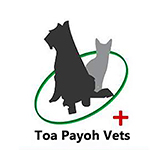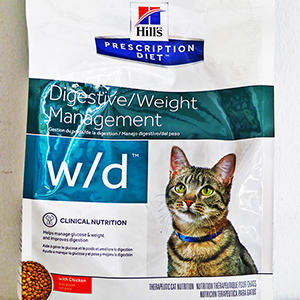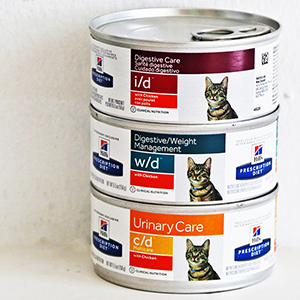 TOA
PAYOH VETS PTE LTD TOA
PAYOH VETS PTE LTDtoapayohvets.com Blk 1002, Toa Payoh Lor 8, 01-1477,
Singapore 319074. Tel: +65
6254-3326,
9668-6468,
judy@toapayohvets.com,
99pups@gmail.com |
|
A FAT CAT HAS DIABETES TYPE 1? |
|
The male neutered 8-year-old fat cat displayed brown-yellowish urine stains and hair loss in the genital area for some 2 years, but now he no longer had stains. At that time, I suspected that he had to go in and out of the litter pan which was lined with newspapers. The newspapers were spread out of the sides of the pan. After making sure that the papers were placed inside the litter pan and antibiotics, the cat's genital area was no longer bald due to licking of the stained area. Everyone was happy. Now the father and young adult daughter who has become a teacher after graduation, brought the fat cat with matted hairs to Toa Payoh Vets for grooming. The cat looked like Garfield. "It is not normal for a cat to have stained genital areas," I said to the daughter. "Get a blood test done." I did not ask for a urine test as there were some hesitation about costs and in any case, the cat was sent in for grooming and not for disease. HISTORY The father said that the cat was very hungry and drank a lot. BLOOD TEST High blood glucose. Liver enzymes were OK. No kidney disorder. So is this a case of diabetes mellitus or diabetes insipidus without complications in a cat? Is it a case of diabetes at all? What do you think? How to confirm it?
URINE TEST |

|
 |
|
|